In this walkthrough, we'll apply modulation and add effects to a straightforward synth sweep to create something altogether more interesting and powerful.
For more on building FX sounds using synthesisers, get your mitts on Future Music 290, which is on sale now.
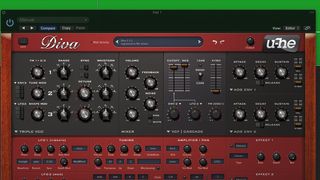
Step 1: Here we'll be looking at how to take a simple sweep and make it progressively more complex using various routing and modulation techniques. We start off with a noise generator and a fully open, self-oscillating filter. This is being played back on a single MIDI note - it doesn't matter which, as we're aiming for an atonal patch that should be usable in any project.
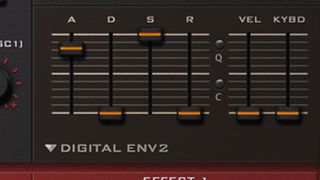
Step 2: Now for the sweep bit; there are a few ways you can achieve this but the easiest is probably using an envelope or some kind of automation. In this case, the envelope option wins out. As the sweep required is something with a downward motion, a standard negative ADSR envelope is used, with a slow Attack time.
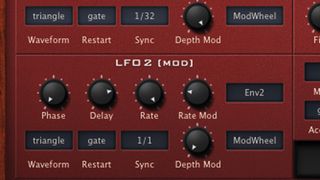
Step 3: To make things a little more dynamic and interesting, an LFO is added, modulating the cutoff frequency of the sweeping low-pass filter. This results in both a drop in frequency over time and a wobble. Changing the LFO rate manually from relatively fast to slow as the sweep progresses causes the wobble to change in speed.

Step 4: The LFO speed can be modulated so that the change in speed happens without the need for manual adjustment. You can use any modulator to adjust the speed of the LFO (assuming your synth supports this type of routing). Here, the same envelope that's controlling the filter cutoff is utilised. A delay is then added to the LFO, easing the effect in over time as the sweep develops and making it a little more gradual and organic.
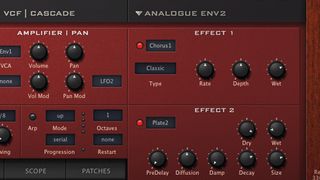
Step 5: With the basics of the patch in place, some extra touches can be added for final polish. Noise is introduced for some edge and to help define the filter sweep. When adding another signal to this sort of sound, be sure to balance its level carefully with the filter's resonance. Finally, some reverb is dialled in.
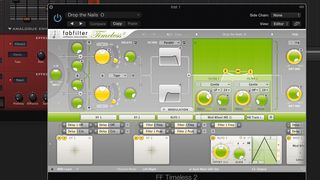
Step 6: If you feel the patch needs even more enhancement, try using some external plugins or hardware effects. Spatial effects generally work really well, so reverb and delay are a good place to start. As we've already added reverb in the synth's effects section, an external delay is used to add dimension and space to the finished patch.


